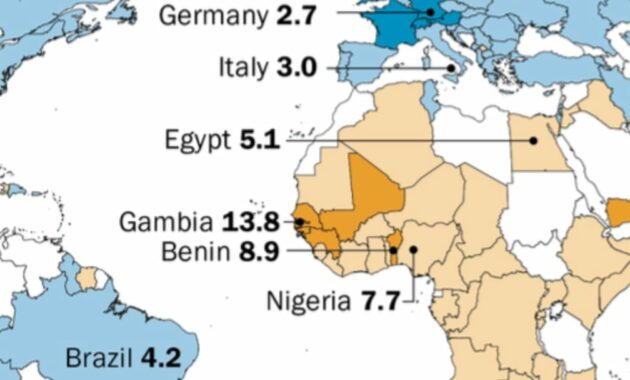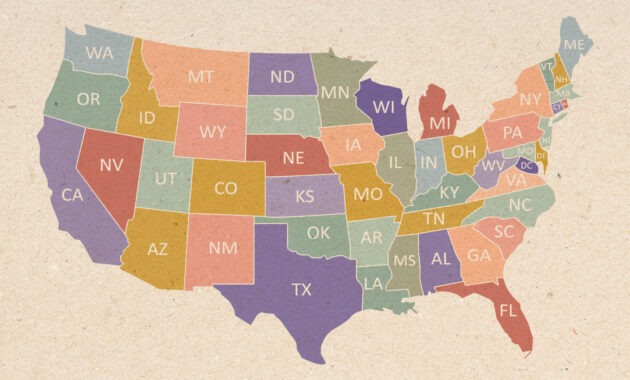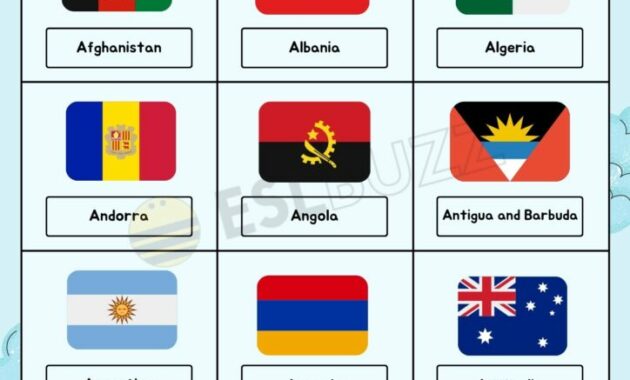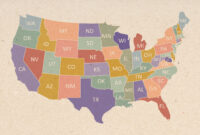Hey everyone! I was just diving down a rabbit hole of interesting facts and figures, and I stumbled upon some truly mind-boggling comparisons that I wanted to share. It’s amazing how different our perceptions of size can be, especially when we’re dealing with something as vast as countries and global demographics. Get ready to have your perspectives shifted!
Country Size: A Matter of Perspective

Okay, let’s talk about landmass. We’ve all seen world maps, right? But those maps can be deceiving. They’re flat representations of a spherical object, and that inherent distortion really messes with our sense of scale. Think about Greenland, for instance. On a typical map, it looks enormous, almost the size of Africa. But in reality? Africa is about fourteen times larger! Isn’t that wild?
This image really drives that point home. Seeing how different countries actually stack up against each other is incredibly eye-opening. You might assume a country like Canada, which appears huge on a map, is vastly bigger than a country like Australia. But, while Canada is larger in overall area, Australia is surprisingly close in size. The projection of the map we are used to seeing greatly distorts the perspective. I’ve always lived my life believing Canada was just THAT much larger than Australia, and it turns out that it’s all a matter of the projection.
It’s not just about individual countries, either. Thinking about the combined size of several smaller countries compared to one large one is equally fascinating. For example, all of Western Europe could comfortably fit inside the borders of Russia, with room to spare! It really highlights just how geographically massive some of these nations are.
This also makes me think about how we perceive resources, influence, and even the impact of climate change. A larger landmass often translates to more natural resources, greater agricultural potential, and potentially a larger population. But it also means a larger area susceptible to environmental challenges. Understanding the true size of countries and their respective geographies is crucial for understanding global dynamics.
And then there’s the question of population density. You can have a huge country with a relatively small population, like Canada, or a smaller country with a massive population, like India. The interplay between land size and population density creates unique challenges and opportunities for each nation.
Looking at this image, I can’t help but think about the implications for travel and exploration. Imagine trying to traverse a country like Russia, with its vast distances and diverse landscapes. It would be an epic undertaking! On the other hand, exploring a smaller country like Belgium might allow you to experience a greater variety of cultural experiences in a shorter amount of time. The landmass and size of the country has a great deal to do with the amount of culture and natural phenomenon it boasts.
Ultimately, this visual comparison serves as a powerful reminder that our world is far more complex and nuanced than we often realize. Maps are useful tools, but they can also be misleading. It’s important to consider the limitations of these representations and to seek out alternative perspectives to gain a more accurate understanding of the world around us.
Household Size: A Global Family Portrait
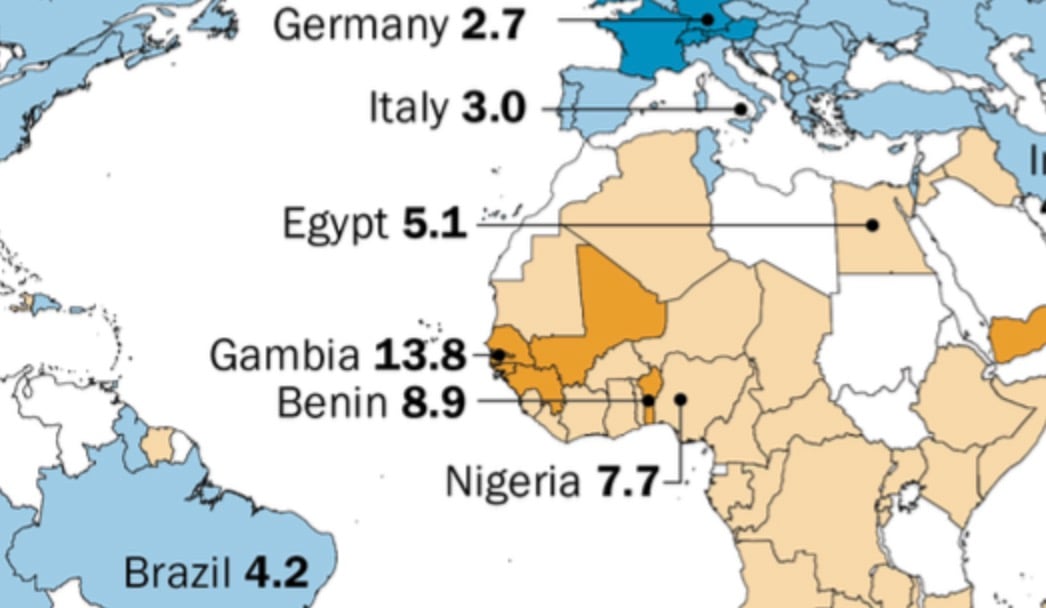
Now, let’s shift gears from the vastness of countries to the intimacy of households. The average household size can tell us a lot about a country’s culture, economy, and even its social policies. This map, illustrating the average household size across the globe, is truly fascinating.
One of the first things that jumps out is the regional variation. In many parts of Africa and Asia, the average household size tends to be larger, often exceeding four or five people. This could be due to a number of factors, including cultural norms around extended families living together, higher fertility rates, and economic pressures that make it more practical for multiple generations to share resources.
In contrast, many European countries, as well as North America and parts of East Asia, have smaller average household sizes, often hovering around two or three people. This could be attributed to factors like lower fertility rates, increased urbanization, and a greater emphasis on individual independence and privacy. As countries increase in development and GDP, their household sizes decrease, and that’s a pretty interesting thing to find out.
It’s interesting to consider the implications of these differences. In countries with larger households, there may be greater social support networks and a stronger sense of community. However, there may also be challenges related to overcrowding, resource scarcity, and competition for jobs and opportunities. The more people you have living in one space, the more limited space you’re going to have in the long run. As countries start to run out of space, it’s important to see the demographics of the household and figure out the planning of space and building to cater to the current climate.
In countries with smaller households, individuals may have greater financial independence and more personal space, but they may also experience greater social isolation and loneliness. The idea of having a small household is a lot more appealing than people realize, with the advancements in technology making a small household much more appealing. Technology allows households to become more independent from each other, and that’s truly a great thing.
Economic factors also play a significant role. In countries with strong social safety nets and affordable housing, individuals may be more likely to live independently. In countries with high levels of poverty and limited access to resources, families may be more likely to pool their resources and live together in larger households. Some countries don’t have the social safety nets to cover the costs of housing and food, so it’s important to see how they’re working with their own communities to ensure their residents get adequate care.
The average household size can also be influenced by government policies. For example, countries with generous parental leave policies and subsidized childcare may encourage larger families. Conversely, countries with policies that promote gender equality and access to education for women may see lower fertility rates and smaller household sizes. The way the government dictates some of these types of policies really play into the demographics of the household, and it’s an important thing to keep in mind.
Looking at this map, I’m struck by the diversity of family structures and living arrangements across the globe. There’s no one-size-fits-all model for what a “family” should look like, and the average household size is just one small piece of a much larger and more complex puzzle. It’s a reminder that our personal experiences are shaped by a wide range of cultural, economic, and social factors, and that it’s important to approach these differences with empathy and understanding.
So, there you have it – two very different but equally fascinating perspectives on our world: the relative sizes of countries and the average sizes of households. I hope you found these comparisons as thought-provoking as I did. It’s amazing how much we can learn by simply taking a step back and looking at things from a new angle!
If you are searching about Average Male Size By Country you’ve came to the right page. We have 5 Images about Average Male Size By Country like Average Male Size By Country, The Average Household Size In Every Country, Mapped | Digg and also Average Penis Size by Country – Worldwide Comparison Infographic. Here it is:
Average Male Size By Country

uniapaclisbon2018.com
The Average Household Size In Every Country, Mapped | Digg

digg.com
household digg mapped every
The Average Household Size In Every Country, Mapped | Digg

digg.com
digg household
Country Size Comparison Worldwide

www.capitalcityquiz.com
Average Penis Size By Country – Worldwide Comparison Infographic

www.medicpresents.com
penis comparison worldwide medicpresents
Country size comparison worldwide. Average penis size by country. Average male size by country



